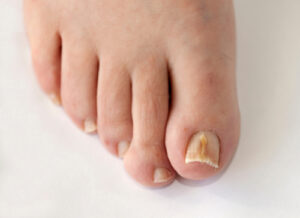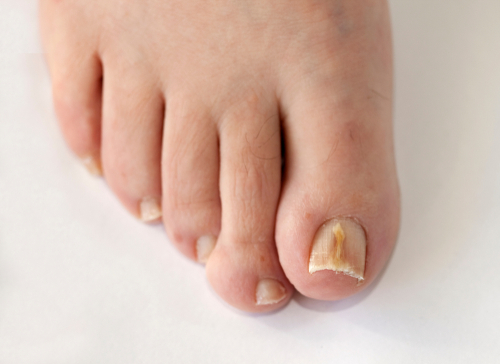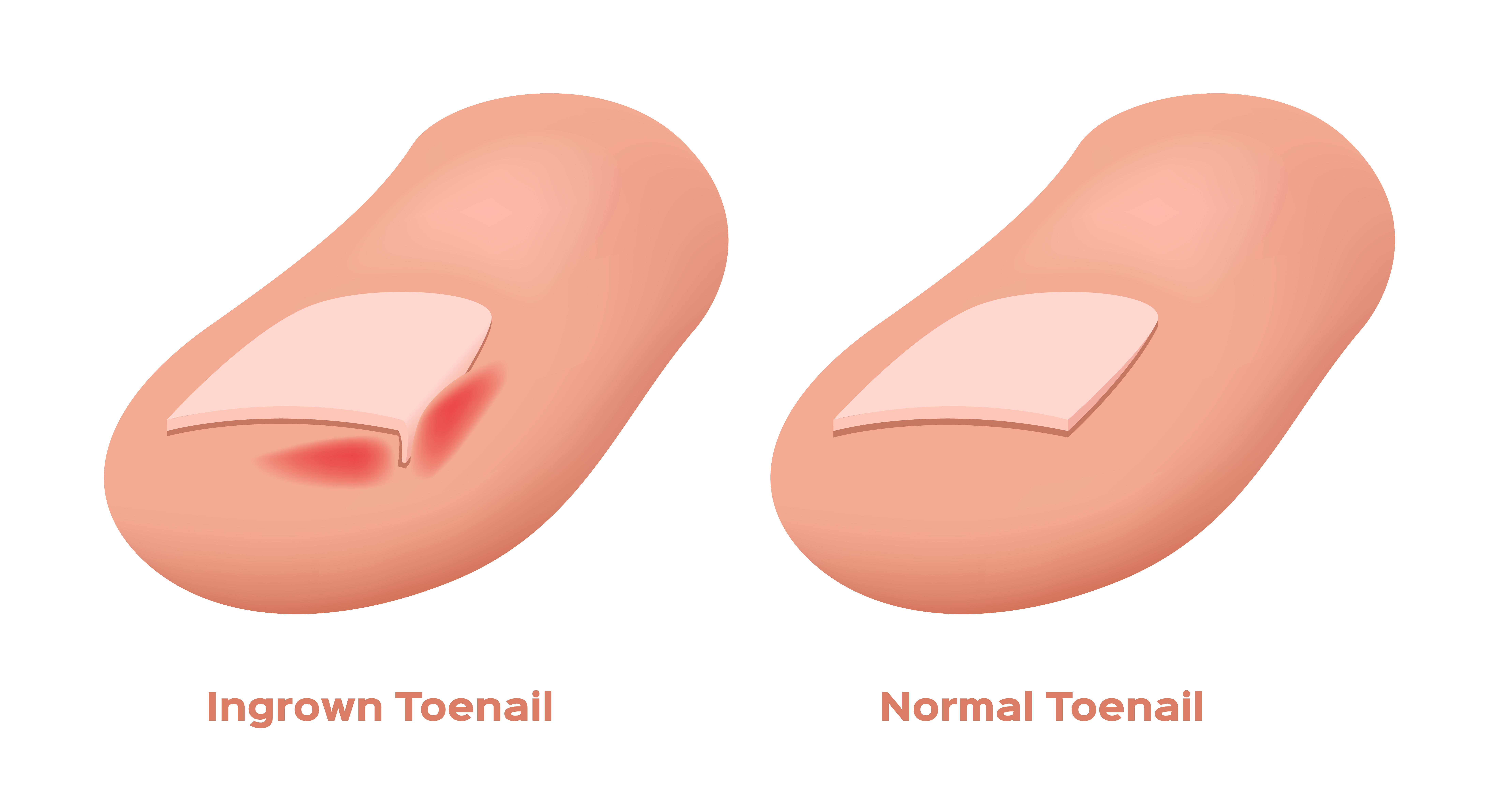Fungus Toenail Treatment Whitestone NY

Nail fungus is a condition that is quite common. It starts with a white or yellow spot beneath the toenail. It may seem innocuous, but as the fungal infection goes deeper, the nail fungus may cause your nail to discolor, thicken and crumble at the edge. It also is rarely kept to one nail, and can affect several of them. Therefore, if nail fungus in one toe goes unchecked, it will most likely spread to other toes.
Toenail fungus can vary in discomfort. There are kinds that are quite mild and simply need treatment because they’re unappealing aesthetically. However, there are forms of toe fungus that are painful and cause thickened nails. If that’s the case, treatment from a medical professional is highly recommended. Once one gets a toe fungus, despite successful treatment, there is a higher chance of it coming back.
The proper, scientific name for toe fungus is onychomycosis (on-ih-koh-my-KOH-sis). Toe fungus can also spread to such a degree that it affects the area between your toes and the skin of your feet. At that point, it’s gone beyond a simple toe fungus and it takes on the name of “athlete’s foot”.
Fungal nail infections are caused by various different fungal organisms. The most common cause is a type of fungus called dermatophyte. However, yeast and molds are also common culprits of nail infections.
These infections can develop at any age, but are more common the older the person gets. This is because as one gets older, the nail becomes brittle and dry, which results the nail to crack. The fungi enters through these cracks. One can contract a nail fungal infection if they have reduced blood circulation to feet or a weakened immune system.
There are severe cases that must be absolutely treated by medical professionals. If they go unchecked, toenail fungus can create permanent damage to your nails. It could lead to the infection spreading beyond your feet, especially if you have a suppressed immune system.
If you have any of these symptoms, you could have toenail fungus:
- Thickened nails
- Whitish to yellow or brown discoloration
- Brittle, crumbly or ragged nails
- Nails that are distorted
- A dark color building up under your nail
- A slightly foul smell
We are a conveniently located podiatrist in Whitestone Queens, if you have or think you may have fungus toenails, please don’t hesitate to call Family Foot Center at 718-767-5555.


